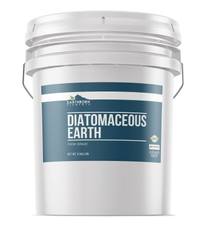How to get rid of ground wasps – 5 pest control-approved methods
If you have discovered a nest when mowing the lawn or weeding flower beds, you'll want to use one of the most reliable and safe removal methods
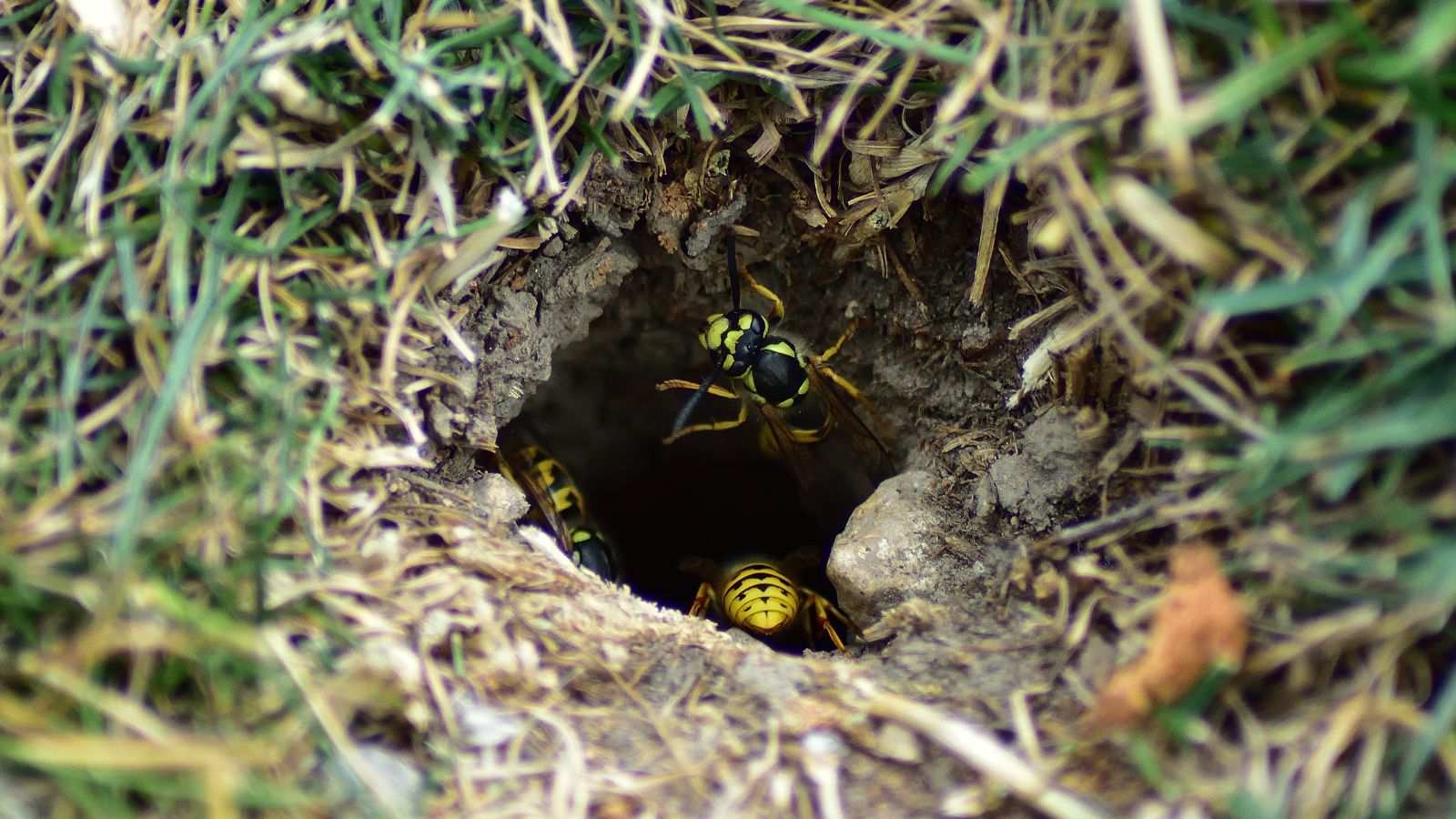

Summer is coming, and so are the bugs – ground wasps can be a real concern for homeowners, and they tend to start building their nests in spring. While they are pollinators that feed on other pests, such as roaches, they can sting if their nest is disturbed by people or pets.
These wasps will most likely be gone by the fall, so it's worth considering how to get rid of ground wasps if the nest is posing an immediate hazard before we take measures to remove it. For instance, if it's located far away from your property, you may be best leaving it alone. Some general methods for getting rid of wasps also apply to ground wasps, such as using soapy water and homemade bug sprays, but a nest in your main lawn area ideally needs to be dealt with promptly, so it pays to know how to get rid of ground wasps.
'Timing is crucial when dealing with ground-nesting wasps as these insects are most active during the warmer months, with colonies typically reaching their peak activity in late summer. Early detection and intervention can prevent a small nest from growing into a larger problem,' says Lorne Hanewich from Clark's Termite & Pest Control.
How to get rid of ground wasps
There are several ways to send ground wasps on their way – below, we have gathered the best, pest control-approved options so you can get rid of them safely.
1. First, identify the wasp species
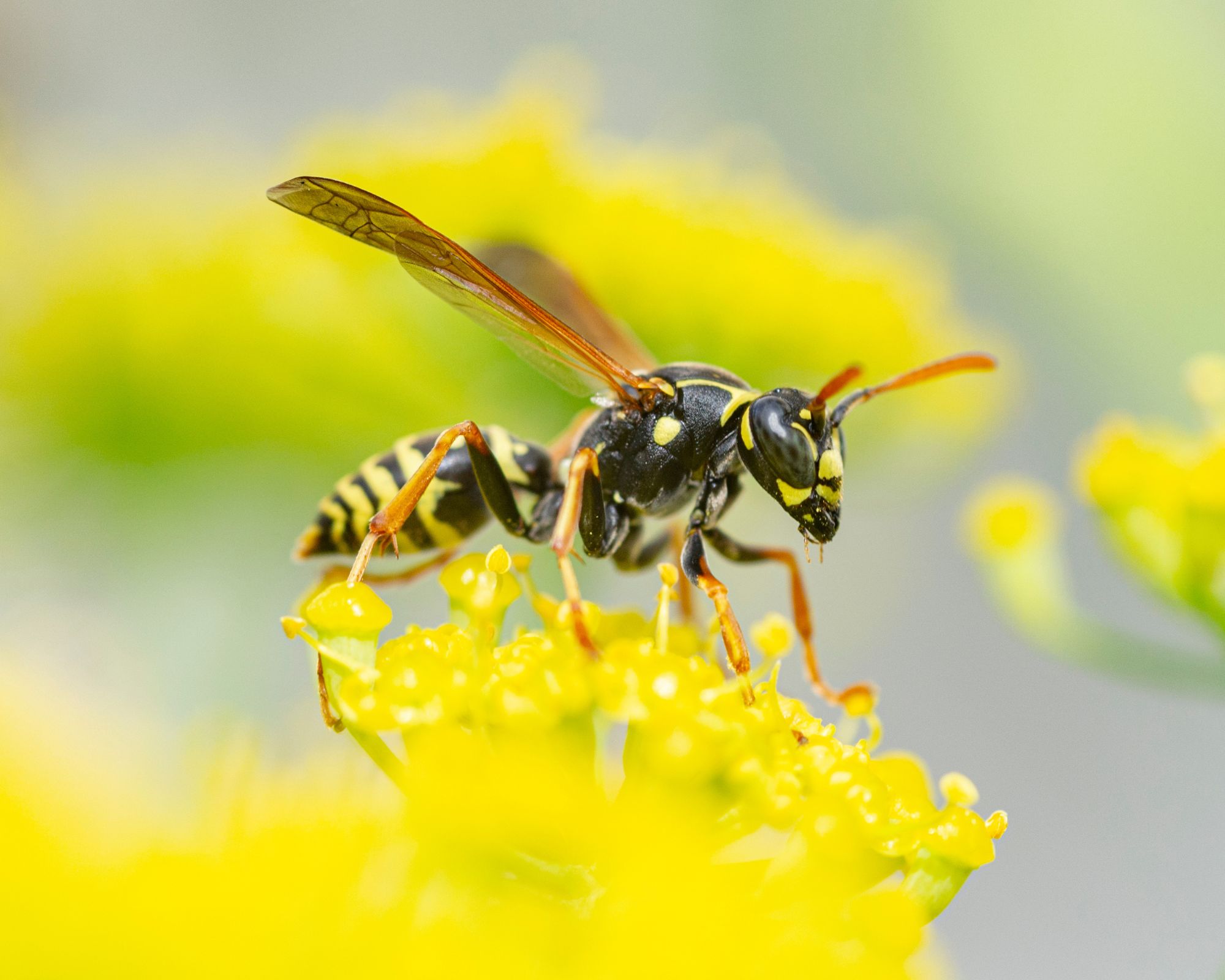
It's important to identify the wasps you are dealing with so that you can take the right measures to get rid of them. Different wasps need different treatments, for example, getting rid of burrowing carpenter bees is different from removing ground wasps, which are usually either cicada killers or yellow jackets but they can also be ground bees.
'Cicada killers are really big and it takes a lot of annoyance for them to want to sting you. They will dig a hole and typically it is only a single wasp going in and out of that hole,' explains Matt Smith, founder of Green Pest Management. 'The ones that you really have to worry about are the yellow jackets, which you will want to get rid of as soon as possible.
'They are very aggressive and can cause serious injury and death. There have been experiences where people don't know they have them nesting underground and they mow their lawn and get hit hard by them, so be very cautious,' he advises.
Ground bees, on the other hand, are solitary and are not aggressive, meaning they are better left alone. Their nests are usually around an inch and a half wide and are most likely to be found in more sandy soil, and because they feed on fruits, you may find them near fruit trees and bushes.

Matt Smith has been working in the pest control industry for 14 years. He started Green Pest Management, Delaware-based pest control company, nine years ago. With his background and experience he is knowledgeable about a variety of pests, pest activity, and ways of dealing with infestations.
2. Use an insecticidal dust
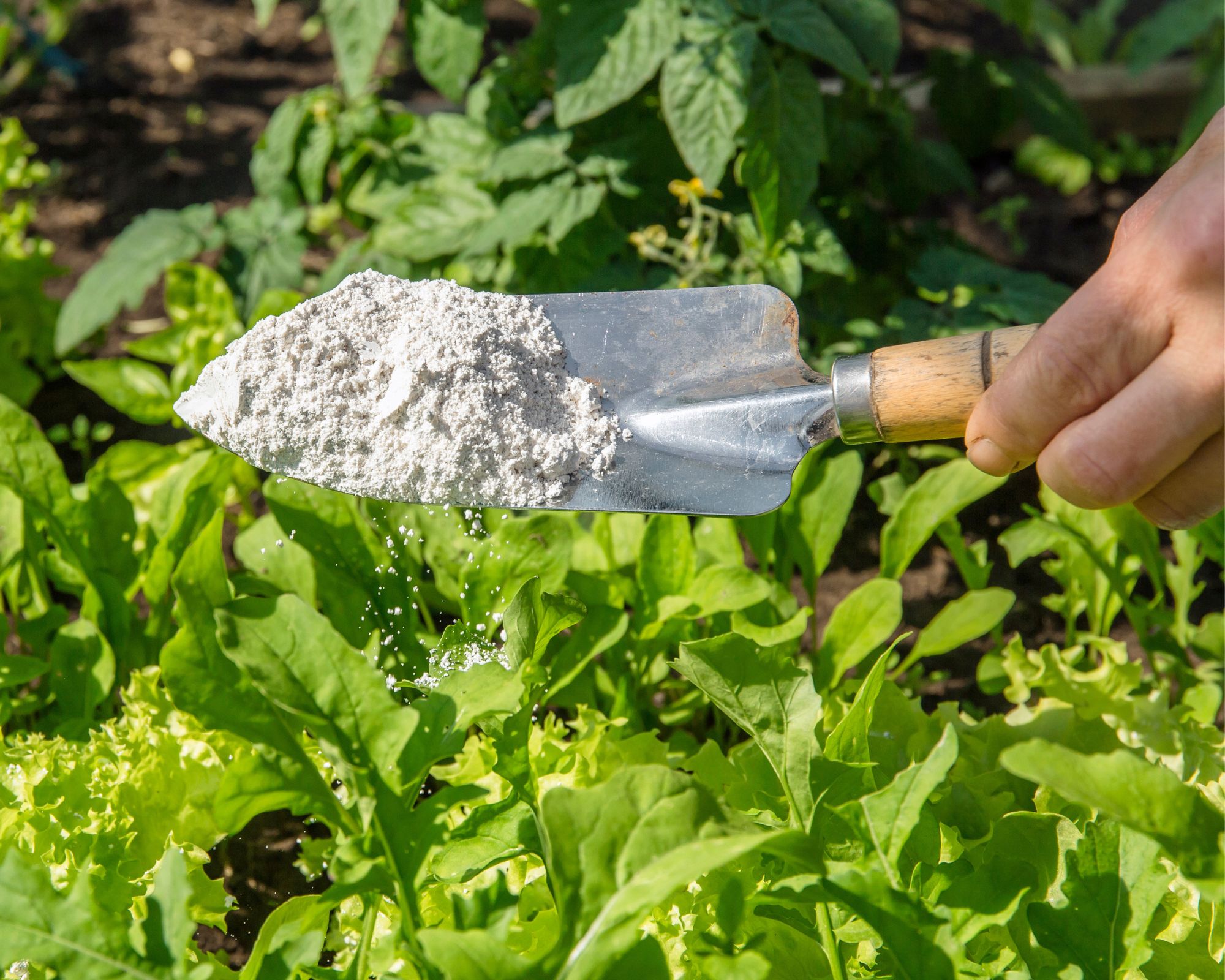
Apply a thin layer of diatomaceous earth around the entrance to the nest – to do this, you can use a bulb duster, at Amazon, which makes it easy to apply, or a disposable cup. This is a 'green' and effective technique recommended by Nicole Carpenter, CEO at Black Pest Prevention. 'I recommend sprinkling food-grade diatomaceous earth around the nest entrance, ideally at night. It works by absorbing oils and moisture from wasps, eventually leading them to death,' she says.
Nicole says that gardeners often assume that the thicker the layer of diatomaceous earth, the better, but in reality, wasps tend to avoid piles. 'A thin layer of diatomaceous earth will go unnoticed and do its job,' Nicole explains. 'Keep in mind, diatomaceous earth is only effective when dry, so it’s important to reapply it after rain or any moisture exposure.'
Diatomaceous Earth | $24.99 for 1 gallon, at Amazon
This resealable bucket of multipurpose diatomaceous earth comes well-reviewed.

Nicole Carpenter first began working at Black Pest Prevention when she was a junior in high school. While attending N.C. State University she continued to work for the company and has since worked through the organization to now becoming its CEO. Black Pest Prevention is a Charlotte pest control company that serves North and South Carolina.
3. Then, try soap and water
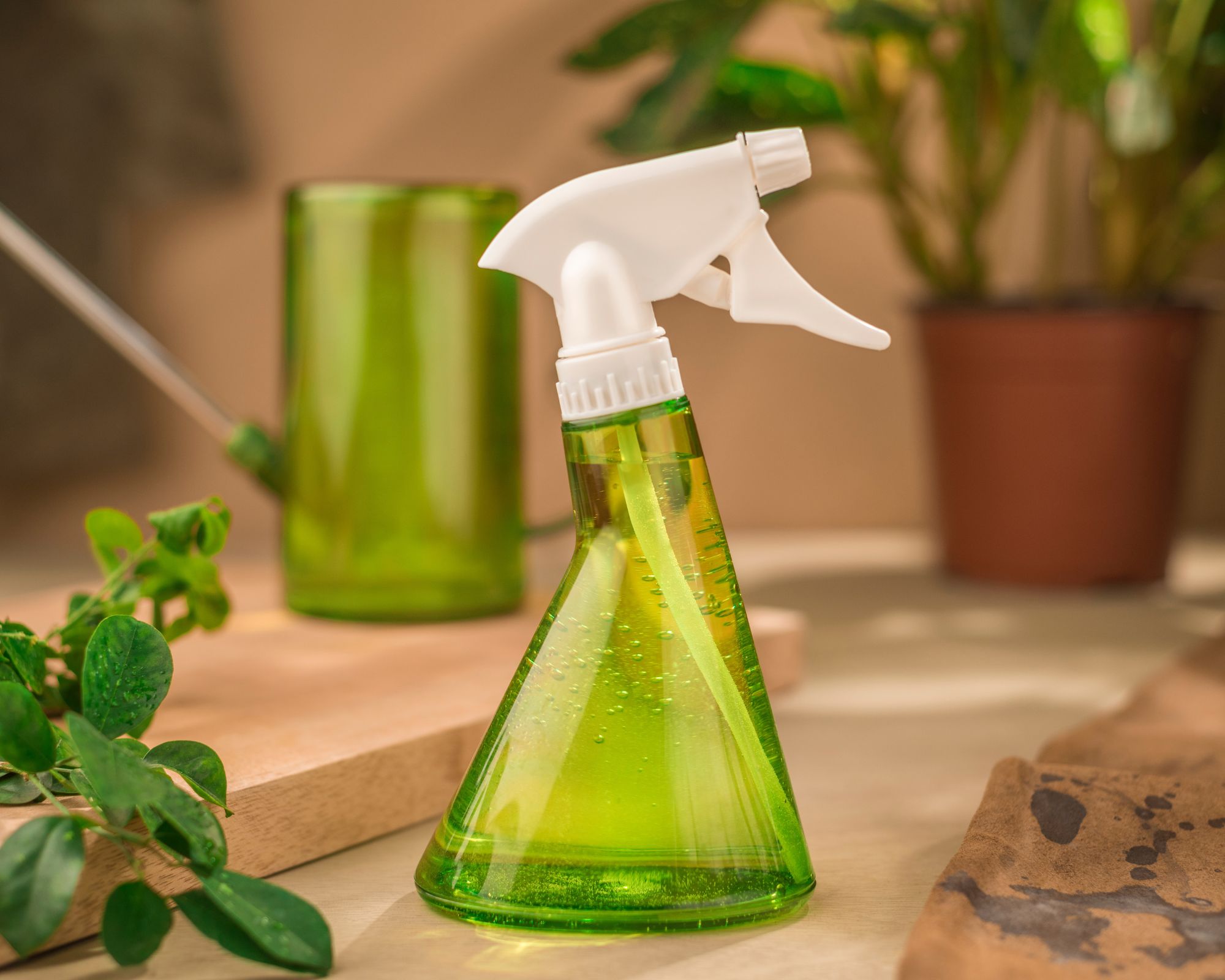
The second technique Nicole Carpenter suggests is using soapy water, which works by blocking the wasps' breathing pores and suffocating them. 'To apply this method, add 2 tablespoons of biodegradable liquid soap to a quart of water and mix it in a spray bottle,' she says.
'Spray the entrance of the wasp nest thoroughly during the evening or early morning, when wasps are less active. It may take a few applications to completely eliminate the wasps.' This is a non-toxic, DIY trap that uses items you have at home, so you could try this as your first port of call before purchasing a dust formulation.
4. Call in the professionals
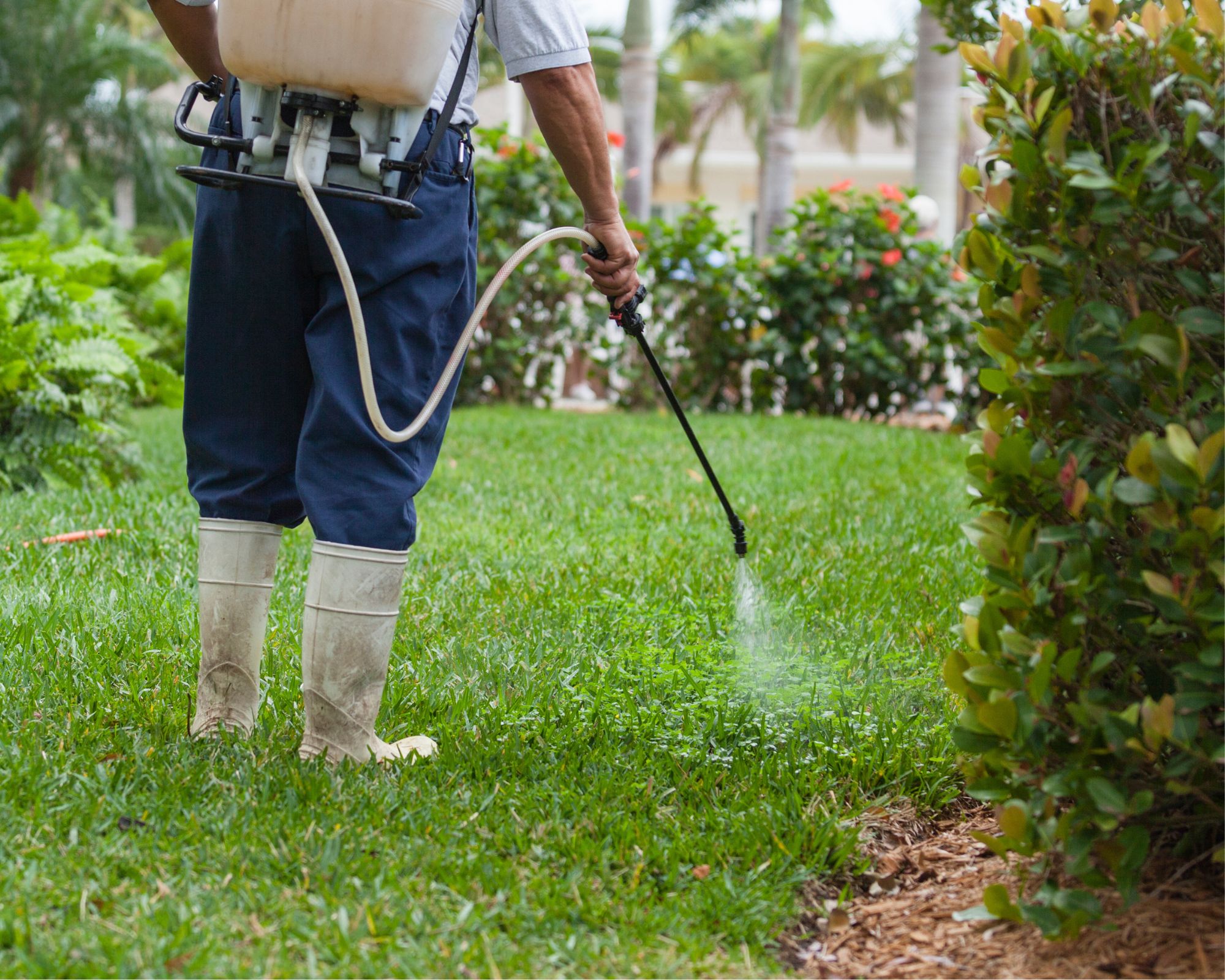
If you are dealing with yellow jackets, it may be best to leave it to the pros. Pest control professional Matt Smith explains that he uses a combination of methods. He delivers diatomaceous earth into the hole to fumigate it throughout the nest with the help of a little hand duster. He combines this with a liquid topical spray that contains fipronil, which allows insects to walk across and bring it into the nest, killing them off like a bacteria.
'For an underground yellow jacket nest, calling a professional exterminator is usually recommended due to the high risk of stings from a disturbed colony,' agrees Ismael Girard. 'If you choose to handle it yourself, apply pesticide dust into the nest entrance at night when they're less active. Be sure to wear protective clothing.' A bee suit, available at Amazon, is an inexpensive way to protect yourself against stings.

Ismael is a dedicated pest control expert and entrepreneur based in Quebec, Canada. With a passion for ensuring safe and pest-free environments, he founded a pest control company that uniquely serves the community by connecting clients with the best exterminators in their region.
5. Use preventative measures
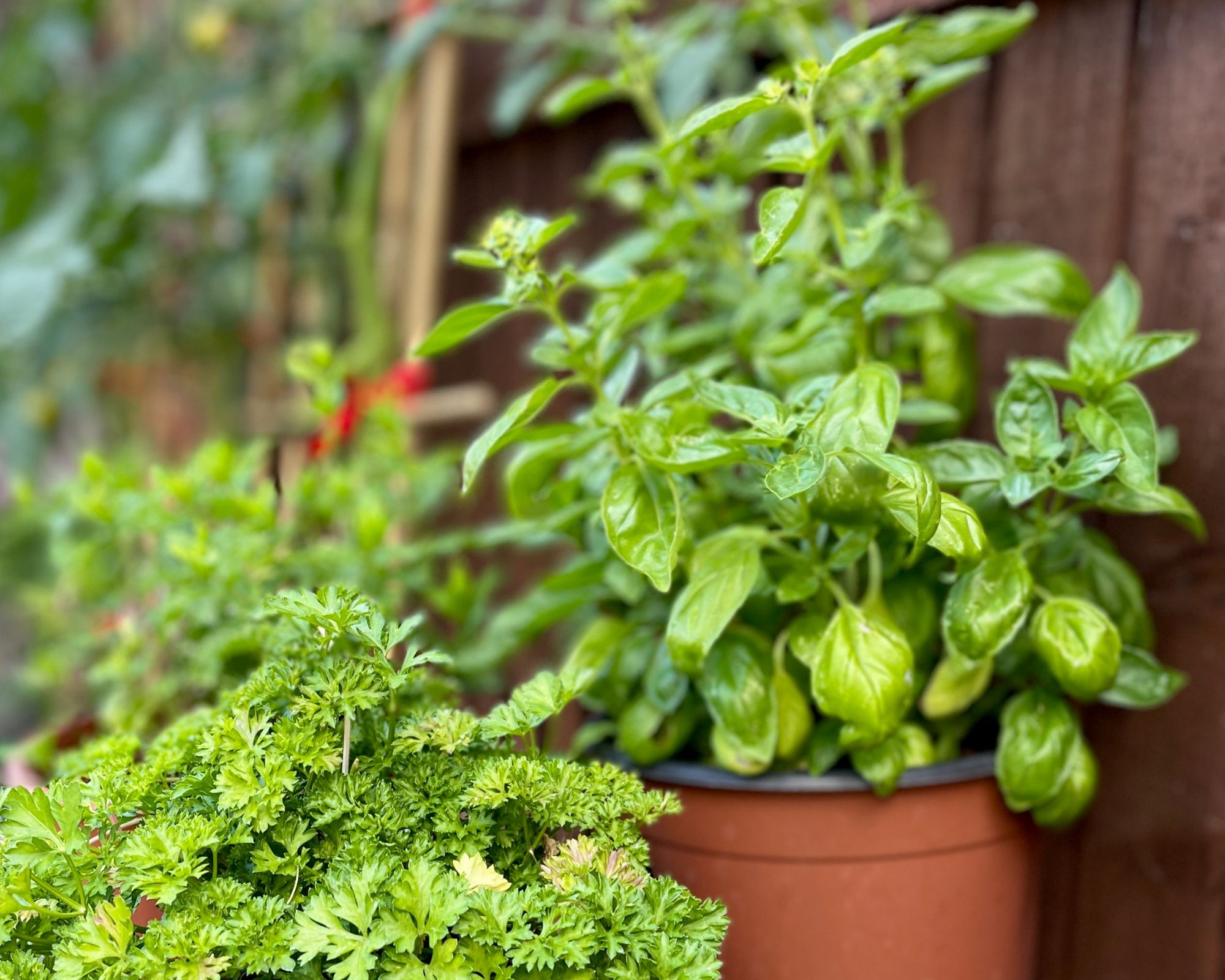
You can use scent to help keep wasps away from your porch and to prevent future problems with ground wasps. Try planting wasp-repellent plants, which will act as a natural deterrent to infestations. For example, growing mint and basil is said to ward off wasps.
Alternatively, you can find ways to make a more wildlife-friendly garden: 'For a more eco-friendly approach, encouraging natural predators such as birds or dragonflies into your garden could deter wasps,' says Ismael Girard.
Otherwise, you can keep your yard well watered so that the soil is moist, as ground wasps prefer dry, sandy soil. Maintain a tidy yard and inspect any holes in your lawn for wasps, as keeping an eye out can reduce the risk of an unexpected encounter.
FAQs
How long does a ground wasp nest last?
'The longevity of a ground wasp nest depends predominantly on the species,' explains Ismael Girard, CEO of Pest Agent. 'Some ground wasps could use a nest for only a season while yellow jackets might use a nest for several years if undisturbed.
'The lifespan of these nests also hinges on environmental factors such as human activity, predators, or weather changes.'
What's the fastest way to remove an underground yellow jacket nest?
'To get rid of an underground yellow jacket nest, you can create a DIY solution by mixing two tablespoons of biodegradable liquid soap and a quart of water and spraying it around the nest entrance. If you want to use an off-the-shelf solution for dealing with underground yellowjacket nests, opt for the ones labeled as “natural” or “non-toxic,”' advises pest control expert Nicole Carpenter.
'Such products typically contain essential oils that are safe for humans, pets, and the planet. Avoid products containing synthetic chemical pesticides like permethrin or deltamethrin, which can persist in the environment and negatively affect beneficial insects, pets, and wildlife.'
If in doubt, call in the professionals – Jim Tarman from Fox Pest Control reminds us that yellow jackets have 'guards' in the area to protect the nest members and they can sting multiple times.
Sign up to the Homes & Gardens newsletter
Design expertise in your inbox – from inspiring decorating ideas and beautiful celebrity homes to practical gardening advice and shopping round-ups.

Millie Hurst is a freelance lifestyle writer with over six years of experience in digital journalism. Having previously worked as Solved Section Editor at Homes & Gardens and Senior SEO Editor at News UK in London and New York, Millie has written for an array of homes brands including Livingetc and Real Homes and was formerly Senior Content Editor at Ideal Home. She has written and edited countless features on home organization, decluttering and interior design and always hopes to inspire readers with new ways to enjoy their homes. She loves to weave nature-inspired decor and nods to time spent in Italy into her own home.
-
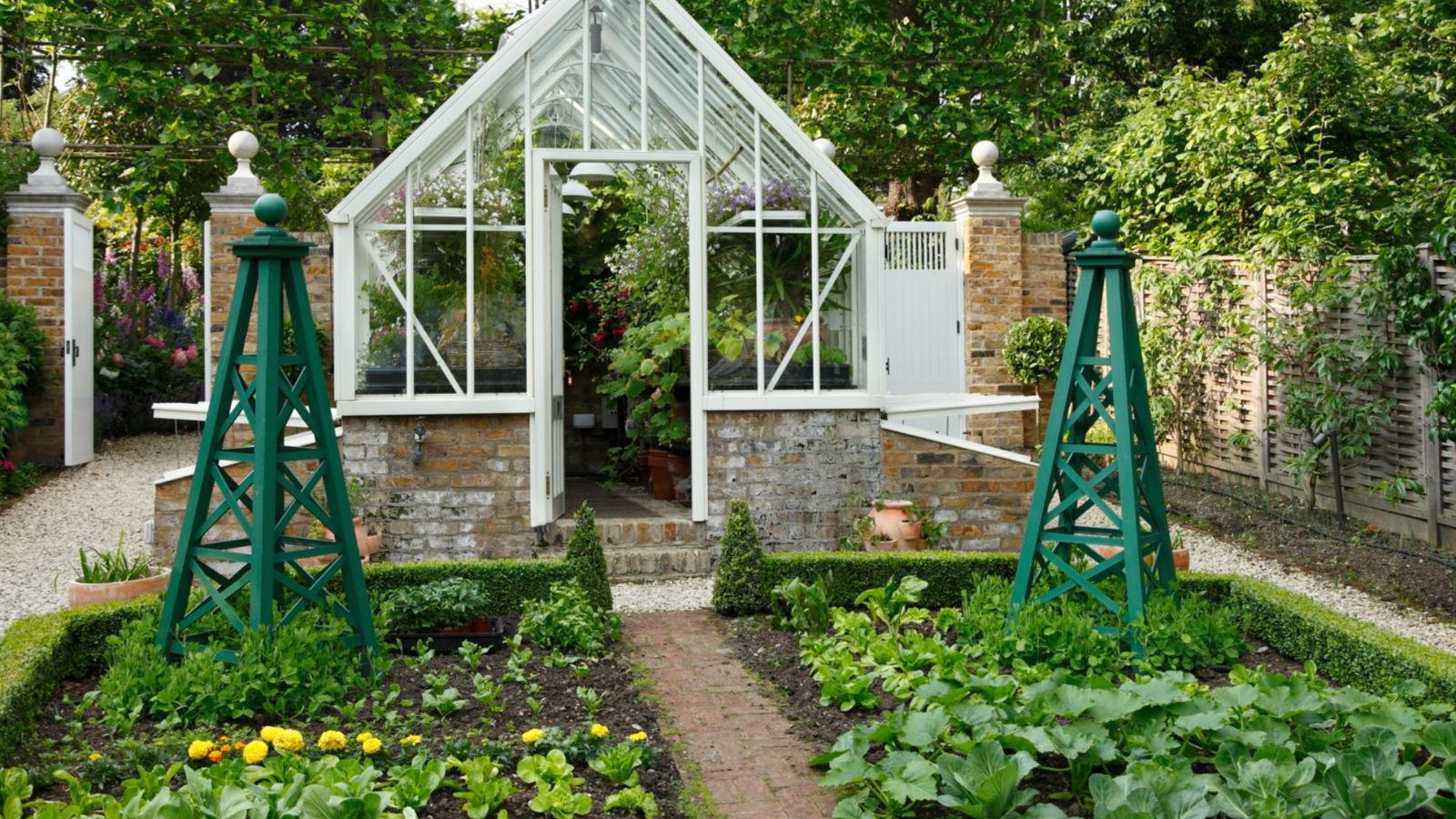 The long-awaited ALDI $40 raised bed garden planter is finally back, and it is perfect for small gardens and apartments
The long-awaited ALDI $40 raised bed garden planter is finally back, and it is perfect for small gardens and apartmentsThis highly-rated wooden planter sells out every year, so be fast
By Jennifer Ebert Published
-
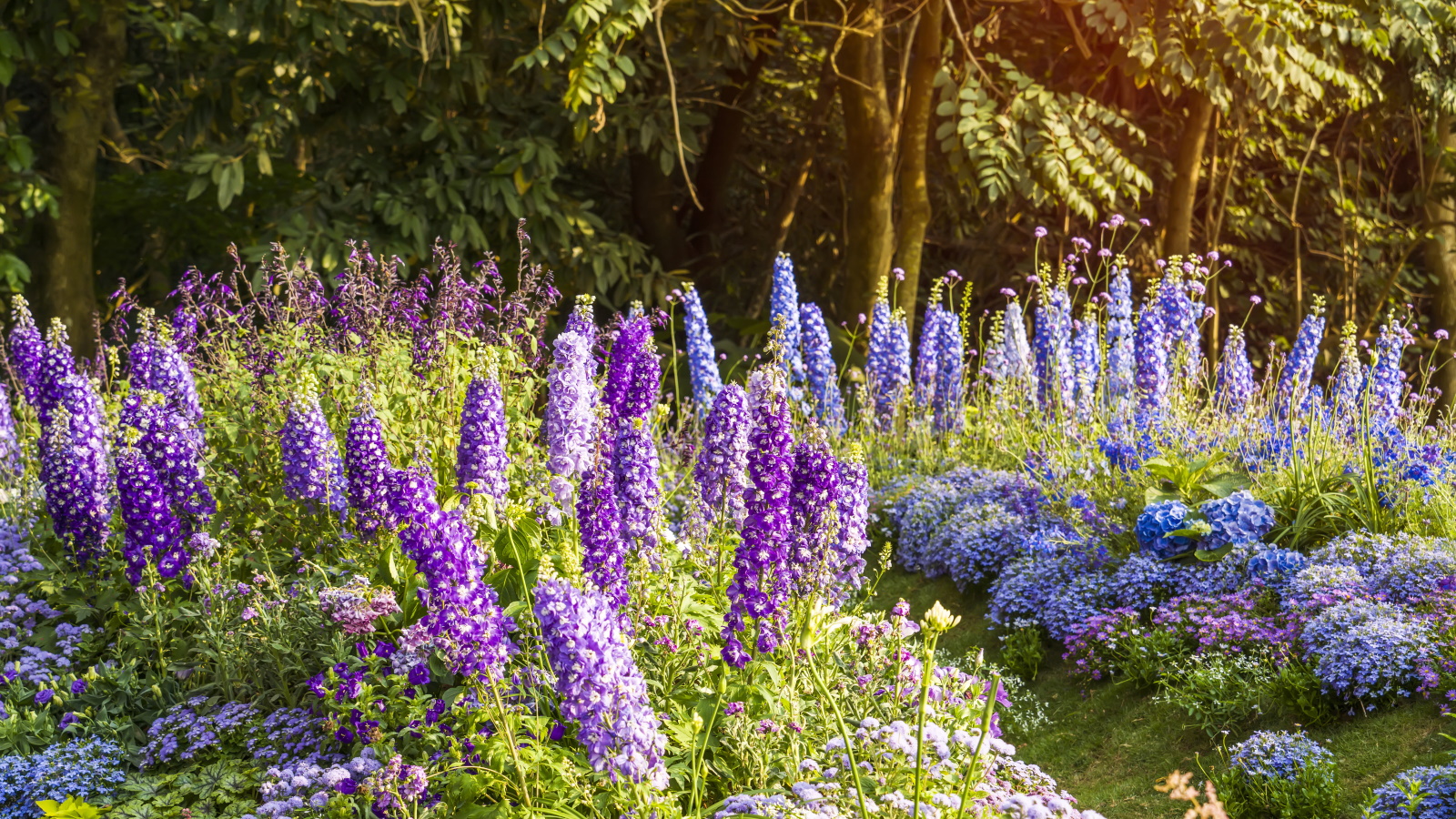 Best types of delphiniums – 14 stunning varieties for vibrant flower spikes in your yard
Best types of delphiniums – 14 stunning varieties for vibrant flower spikes in your yardPlants Here are our top types of delphiniums for brightening summer borders
By Holly Crossley Published
